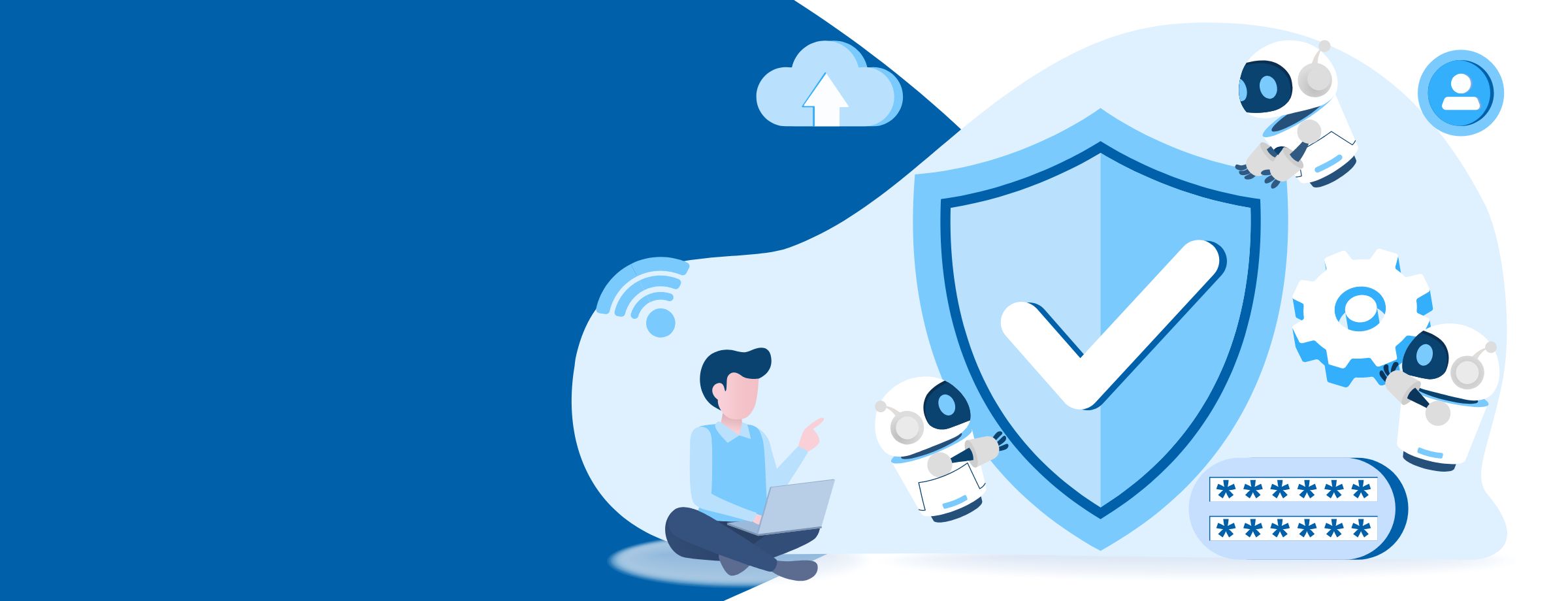The number of people working remotely was increasing at a phenomenal rate even before the COVID-19 pandemic. On a global scale, 56% of companies allow employees to work remotely, and 52% of employees do so at least one day a week. With today’s changing business climate, companies need to optimize their capability for remote work. This will ensure they can support their employees in any circumstance, whether there is a sudden crisis that requires remote work, or they simply want to make the option of flexibility available to their employees.
Learn how to optimize remote work with modern workplace
Reasons for the increase in remote work
People work remotely for many reasons. It can provide a better work-life balance for employees, particularly those with family responsibilities. Many employees also prefer working from home because they can:
- Focus more easily
- Be more productive
- Avoid the commute
- Save money
- Access jobs outside their local region
- Work from wherever they want
- Be more environmentally sustainable
- Take better care of their mental health
These are all great reasons to work from home. However, circumstances can arise where there will be a short- or long-term disruption that can make it challenging to get to the office. A great example of this is the planned closure of the Mount Royal tunnel in Montreal, which will happen in phases between 2021 and 2023.
The shutdown of these lines will make it increasingly difficult for many people to commute to work. It will cost them more time and reduce their quality of life. Some companies are planning to put the remote work option in place. And large cities around the world are facing the same reality as populations grow and more cars are on the road with people commuting to and from the workplace.
There are also infrequent but more severe disruptions to work and life routines, like what we experienced when the COVID-19 virus caused businesses around the world to require employees to work from home. This unprecedented pandemic showed us that we really do need to be prepared for anything. These types of disruptions can last weeks or months and can involve government-ordered self-isolation, remote work, and the closure of customer-facing businesses.
With the potential for outbreaks like COVID-19 to occur more frequently and other potential disasters, such as severe weather events more likely thanks to climate change, companies need to give serious thought to their potential to allow remote work for employees. Fortunately, the technology we have today is up to the task of remote work.
Remote work made easy
Microsoft Azure makes it easy to work remotely. With full security and simple management, you can maintain compliance, and work can continue as usual, even if your work breaks are filled with folding laundry or making lunch for the kids instead of running to the coffee shop. In particular, Azure Virtual Desktop (AVD) and Microsoft Teams make working from home a near mirror image of working at the office.
Windows Virtual Desktop
Windows Virtual Desktop makes it easy to access your desktop from anywhere because it is stored on a remote server, rather than being installed on a single device. You can access all Windows applications, programs, email, and data that are stored on the virtual desktop, no matter where you are. And this means you can sit at home and work as usual, no matter what is happening in the world.
Hosted on Azure, AVD is the only virtual desktop that has been created for Windows 10 and optimizes Office 365 ProPlus. It offers a multi-session Windows experience, and once deployed, you can easily access it using any browser.
AVD:
- Allows multiple users to connect to the same virtual machine and have a virtual session together
- Makes it possible for a user using a local desktop to also log into a virtual desktop
- Is inexpensive
- Offers a superior user experience
- Offers the same enhanced, multi-layered security Azure provides, with a private VPN network so employees can access sensitive data and information
AVD offers full flexibility and the ability to maintain continuity of work, whether an employee is stuck home with a sick child or forced into isolation due to a pandemic.
Microsoft Teams
We all know that not everyone in the workplace works on their own all the time. There are casual work conversations where people throw ideas around. There are daily meetings, collaboration between teammates and departments, and larger conference calls between offices and with clients and partners.
Fortunately, Microsoft Teams makes it possible to continue this interactive work environment, even when employees must work from home. It allows employees to have chat conversations, which means they can still throw ideas around. Video conferencing offers advanced features, like the ability to record meetings and block out your home environment with background blur, so it isn’t visible to work colleagues. Microsoft Teams makes your workplace team atmosphere available, even if none of you are at the office.
Making remote work happen
The key to setting your company up for remote work is to assess your current IT infrastructure and determine what you need to make it happen. Chances are, you already have what you need using Microsoft features to make remote work possible. To be sure, do a thorough review of the following:
- Desktop environment
- Email system
- Security
- Productivity apps
- Firewall
- Internet connection
- Mobility
- Voice capability
Be sure to get the help you need from a qualified Microsoft Partner. At Sherweb, we can help you assess your current IT setup and determine your needs to implement AVD and Microsoft Teams.
It is essential to take steps now to optimize your IT setup for remote work. It’s better to have it in place before it becomes a necessity, rather than scrambling to make remote work possible when something goes wrong. Contact us today for any help on deploying these tools to your workers.




